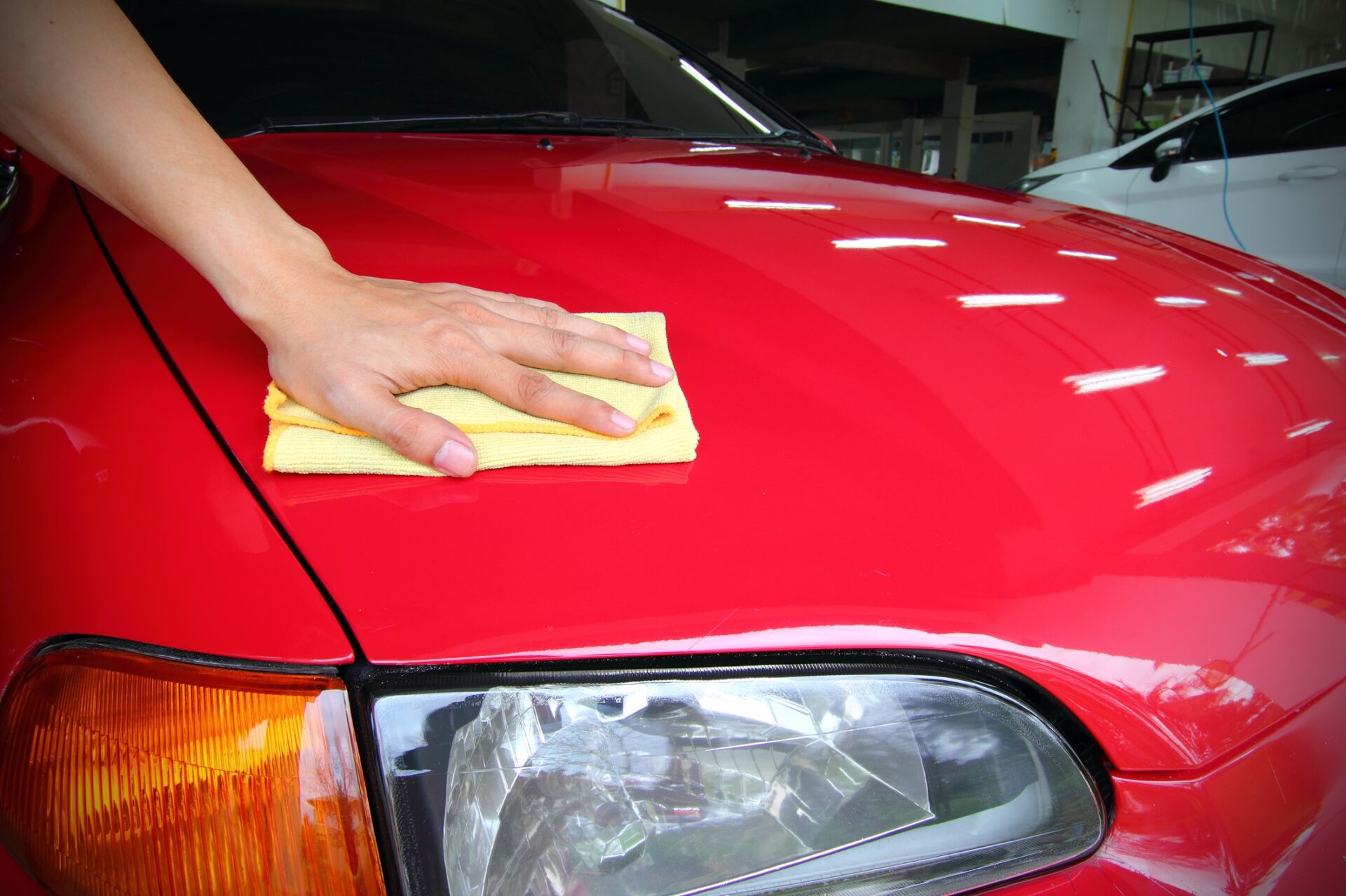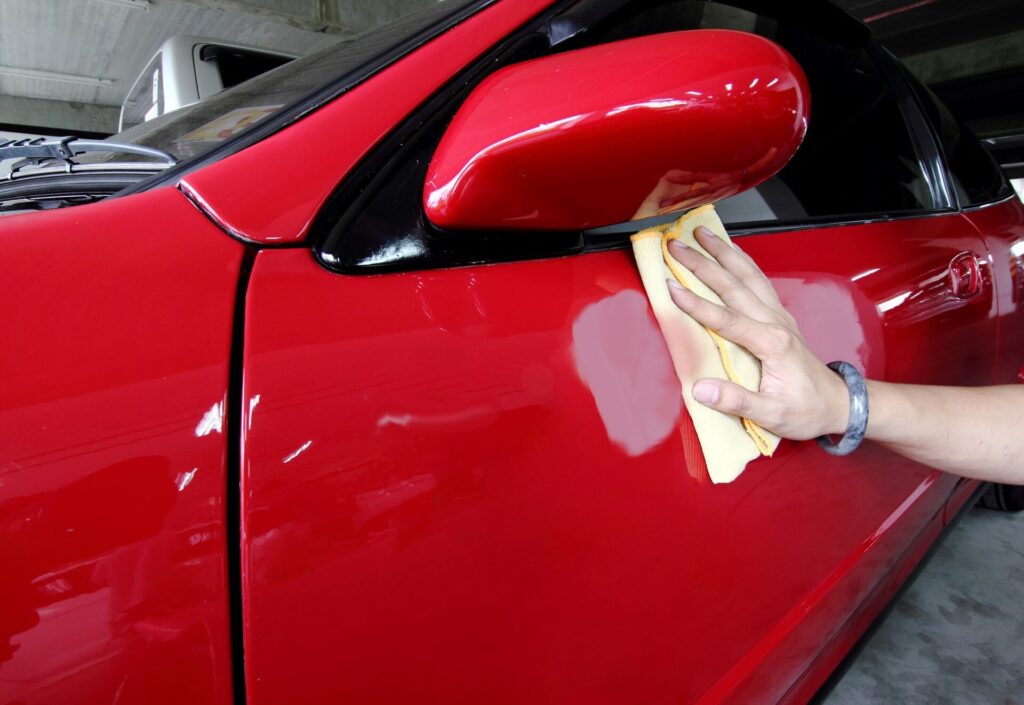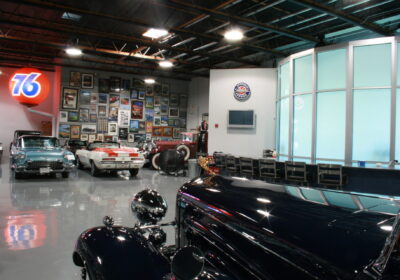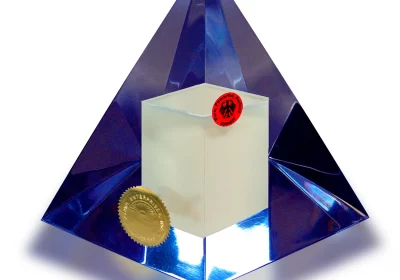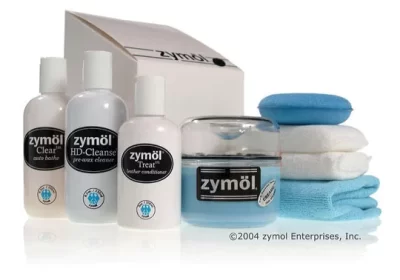People who are anxious to protect their cars often use these two terms—wax and polish—interchangeably.
That means that wax and polish are the not the same. In fact, they are completely different. And using one, when you should use the other, could result in expensive damage to your car’s paint.
Over the last decade, there have been major changes in the way manufacturers paint their cars and truck and those changes in paint processes make it very important that people use the right products to protect their cars, enhance their vehicle’s appearance and, of greatest importance, protect the paint from the UV damage of the sun and all environmental hazards.
A good place to start is to review the differences between wax and polish.
They serve entirely different purposes. Traditionally, most polishes have abrasives that are suspended in a paste or liquid. They actually grind away dirt and oxidation—or unsightly dead paint. Unfortunately, cheap common low tech polish also lifts good paint right off the car.
On a car with a standard finish, polish will grind away some of the paint and transfer the color of the vehicle to the applicator. Use too much polish, or too much pressure, and it is possible to go right through the paint. You will end up exposing the primer or, worst of all, bare metal or fiberglass.
However, many people who use excessively abrasive polishes on new cars and trucks may not realize the damage they are doing because the applicator does not take on the color of the car. Most newer vehicles today, and many older cars that have been restored, have a clear coat applied over the color coat. This is a layer of paint without pigment that is designed to give the finish greater depth and gloss. Clear Coat Paint is not magic and tackle the job of cleaning a clear-coated car with an abrasive polish and you will not see the car’s color transfer to the applicator. That, however, does not mean that you have not removed an excessive amount of paint, or clear coat. It only means that you cannot see the paint you have removed, since it is devoid of color pigments.
An abrasive polish applied to a clear coat will do a tremendous amount of damage. It’s really like scratching a mirror. You not only see the scratch in the glass, you also see it reflected in the mirror coating. You actually end up seeing two scratches despite the fact that only one scratch is present. Use a polish on a vehicle with a clear coat finish and you will have thousands and thousands of fine scratches reflected right back at you. It severely clouds the finish.
In short, most car owners do not want to use a traditional polish. But if they think “polish equals wax” when they go to the store, they could end up in real trouble.
Fortunately, there are high quality naturally derived cleaners that can remove the dirt and oxidized paint without causing all the damage now associated with traditional polishes.
Once the vehicle is clean, it is the job of the wax to enhance the appearance of the finish and protect the paint from the sun and other environmental hazards. Wax keeps airborne contaminants from reaching the paint. If these airborne agents get to the paint, they can start a chemical reaction. In addition, wax refracts, or diffuses, ultraviolet and infrared radiation from the sun. Without a coat of wax, the paint absorbs too much of the sun’s energy, overheats, dries out and oxidizes. A waxed car will actually have a lower temperature at the surface of the paint than a car that has not been waxed.
Real, naturally derived waxes add to the depth of this shine while providing unparalleled protection for the paint. A Good Wax contains exceptionally high concentrations of Carnauba, nature’s hardest wax and in the right formula they can be easily buffed to a brilliant shine. Stay away from waxes that employ harsh petrochemical or petroleum-based solvents to make the Carnauba, which in its natural state is literally as hard as a rock, usable. Petrochemicals may be less expensive, they can also soften some paints. Instead use waxes that contain natural oils to keep the precious Carnauba in suspension. These simple formulated waxes provide exceptional protection and an unequalled shine, without risking long-term damage to the finish.
Next time we are going to look at interior care and what to use to protect the inside of your car whether new or old.

